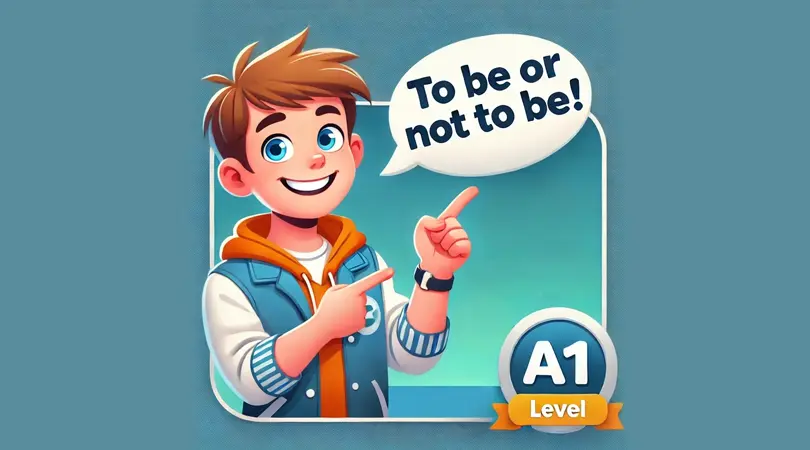Present simple forms of 'to be' – am/is/are
- Home ›
- Grammar ›
- A1 Elementary ›
- Present simple forms of '...




Choose the correct present simple forms of ‘to be’ for the gaps below.
Rewrite the sentences using the short forms of be.
Rewrite these sentences using the negative and interrogative forms of ‘to be’. USE contractions when possible.
Fill in the gaps with the correct present simple forms of ‘to be’.

- 13 November, 2024
- 513
- Grammar
- A1 Elementary
Present simple forms of 'to be' – am/is/are
In English, the verb "to be" has three main forms in the present simple tense:
- I am
- He/She/It is
- We/You/They are
They – People and Things
We use "they" when referring to people or things in general.
- For a single male, we use "he," for a female "she," and for an object or animal, "it":
- He is a little boy.
- She is very smart.
- I like this phone. It is very useful.
- When talking about multiple people or things, we use "they":
- My friends are amazing. They are always supportive.
- These books are interesting. They are full of knowledge.
Don’t Forget the Subject
In English, every sentence needs a subject before the verb.
- It is raining. ✅
- Is raining. ❌ (There’s no subject here.)
Contractions or Short Forms
In spoken English, we often use contractions to shorten "to be" forms. For example, instead of "I am," we say "I'm":
- I'm excited about the trip.
- You're very helpful.
- He's from France.
We can also use contractions with names:
- Anna's very talented.
- London's a busy city.
Contractions in Short Answers
In short answers, contractions are only used for negative responses, not for positive ones.
- Yes, I am. ✅
- Yes, I'm. ❌
- Yes, she is. ✅
- Yes, she's. ❌
Unfortunately, we currently do not have teaching materials available on this topic. We are working with all our efforts to prepare it. You can subscribe to Verbooze to be notified once the teaching materials are ready.




English Learning Made Easy & Accessible for Everyone
Boost your English skills with interactive lessons, grammar explanations, reading and listening exercises, and real-time feedback. Join our growing community and start improving today — all completely free!

